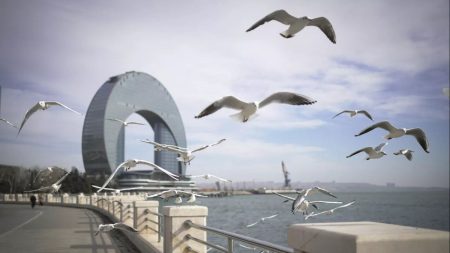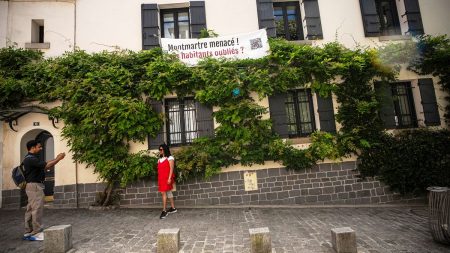The Fehmarnbelt tunnel in Denmark is set to revolutionize travel between Scandinavia and Central Europe by dramatically reducing travel times. The tunnel will span a distance of 18 kilometers, making it the longest combined road and rail tunnel in the world. Currently, travelers crossing between Scandinavia and Central Europe must take a ferry, which can be time-consuming and subject to weather delays. The tunnel will provide a more efficient and reliable mode of transportation, benefitting both tourists and business travelers.
One of the key advantages of the Fehmarnbelt tunnel is its ability to drastically cut travel times. Currently, the ferry crossing between Denmark and Germany takes approximately 45 minutes, not including time spent waiting in line and boarding the ferry. With the tunnel, travel times will be reduced to just ten minutes, making it a much quicker and more convenient option for commuters and travelers. This will not only improve the overall travel experience for individuals, but also increase economic opportunities by facilitating faster movement of goods and services.
In addition to reducing travel times, the Fehmarnbelt tunnel will also improve connectivity between Scandinavia and Central Europe. The tunnel will provide a direct link between Denmark and Germany, bypassing the need for a ferry crossing. This will make it easier for tourists and business travelers to move between the two regions, encouraging greater cross-border cooperation and economic development. The tunnel will also enhance transportation infrastructure in the region, supporting sustainable growth and development.
The Fehmarnbelt tunnel is expected to have a significant impact on the tourism industry in Scandinavia and Central Europe. By providing a faster and more convenient mode of transportation, the tunnel will attract more visitors to the region, boosting tourism revenues and supporting local economies. The improved connectivity offered by the tunnel will make it easier for tourists to explore multiple countries in one trip, further enhancing the appeal of the region as a tourist destination. This will benefit not only the tourism industry, but also related sectors such as hospitality, retail, and transportation.
Furthermore, the Fehmarnbelt tunnel will have positive environmental implications by reducing reliance on ferry crossings, which can contribute to air pollution and greenhouse gas emissions. The tunnel will provide a more sustainable mode of transportation, helping to reduce the carbon footprint of travel between Scandinavia and Central Europe. By encouraging more people to choose the tunnel over ferries, the project will contribute to efforts to combat climate change and promote environmental sustainability. This aligns with Denmark’s commitment to reducing its carbon emissions and transitioning to cleaner forms of transportation.
Overall, the Fehmarnbelt tunnel is set to revolutionize travel and connectivity between Scandinavia and Central Europe. By reducing travel times, improving connectivity, boosting tourism, and promoting environmental sustainability, the tunnel will bring a wide range of benefits to the region. The project represents a major investment in infrastructure that will support economic growth, facilitate cross-border cooperation, and enhance the overall quality of life for residents and visitors alike. With construction well underway, the Fehmarnbelt tunnel is on track to become a key transportation link in Europe, shaping the future of travel in the region for years to come.








